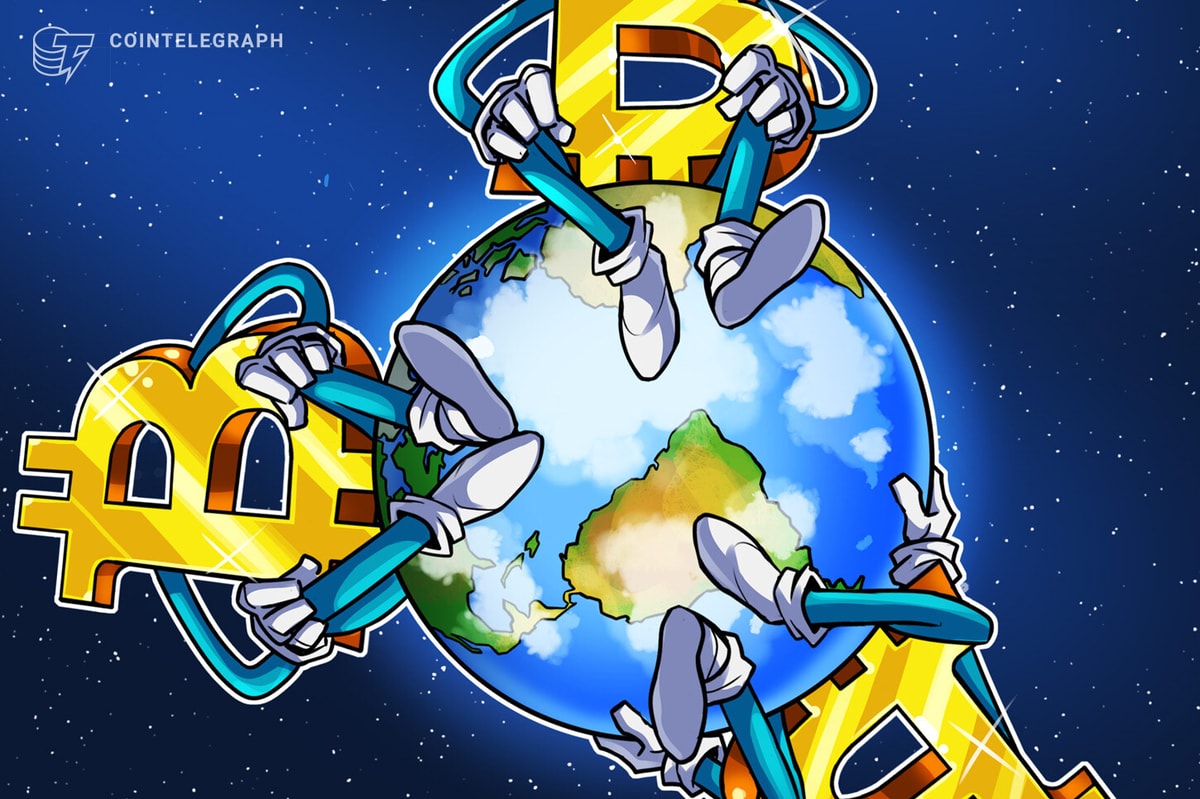New paradigms for enterprise blockchain adoption
5 min read
Blockchain technology has created a new avenue to reconfigure the vision for the future of the internet. Data on the internet generated by individuals, organizations and other users are controlled by centralized entities, with a significant concentration of economic power and influence held by a few key corporate players who have thrived on data aggregation economics. This phenomenon has alienated users, removing trust in what they see, find, use or assimilate.
However, despite all these advancements, the acceleration and use cases of blockchains in the real world and the adoption by enterprise or individual developers are still minimal. There is a myriad of complexities involved in the dApp development process with many developers still steeped in using traditional tools and models associated with Web2. Let us examine a few limitations and problems in this space today.
Lack of integration(s)
The data that needs to be trusted lives within legacy databases today (e.g., Oracle, SAP, MS Dynamics, etc.) for enterprises and Google Drive, One Drive, Box, Dropbox, etc., for individuals or consumers. There are limited tools providing integration between these centralized data storages or systems of record into a blockchain-ready solution, posing an impediment to proper decentralization.
Limited developer ecosystem
Blockchain is a new area, talent is scarce and many developers are still going through their learning curve. Ecosystems have not encouraged the proliferation of blockchain resources at scale yet. Reskilling developers from the traditional Web2 applications era to decentralized applications creates a big barrier to adoption and slows down the speed of execution.
Protocol management professionals
Typical legacy disciplines involve bodies of knowledge like project management and product management. A formal discipline like protocol management does not exist today, so many communities have embraced a blockchain protocol or two to rally their efforts around. Protocol management as a discipline has weak formations.
These informal networks of professionals have lacked the structure, rigor and discipline to produce the seamless ability to deploy scalable dApps between multiple protocols. It is difficult for individual developers to garner mass support and access to multiple communities for their specific dApp initiative. This creates scale and speed barriers to adoption.
Cryptocurrencies on balance sheets
Chief financial officers and the legal counsel of enterprises are still wary of owning cryptocurrencies and assuming the volatility risk on their balance sheets. Blockchain companies need to simplify or alleviate this issue by bridging fiat to crypto off the company’s balance sheet until regulations are clear and crypto as a market matures with reduced volatility. This barrier is difficult to eliminate for raw protocols, which require enterprises to take a leap of faith and are considered unviable.
Managing operational risk
Many new protocols first claimed to dismiss Ethereum Virtual Machine (EVM) in the name of newer and more innovative technologies. However, as the needs of enterprises unfolded, they wanted stability, scalability and interoperability. This has caused many protocols to invest in being EVM compatibility (e.g., Solana, Algorand, etc.). Enterprises are also reluctant to deploy bridges given the security issues around them.
Join the community where you can transform the future. Cointelegraph Innovation Circle brings blockchain technology leaders together to connect, collaborate and publish. Apply today
Overcoming obstacles
There is a myriad of options enterprises can adopt to overcome these obstacles:
Go low-code, no-code
Low-Code and no-code options have penetrated the enterprise market at a very rapid rate. It has shortened development cycles and enabled citizen developers to rapidly deploy applications. Programming languages around blockchain (e.g., solidity, rust, vyper, Haskell, etc.) are complex, not enterprise native and talent scarce. This is why low-code and/or no-code blockchain platforms are a possible solution.
Consider the factors of EVM-compatible blockchains
As mentioned earlier, EVM-compatible chains provide security, interoperability and scalability of assets and capital; however, they also lower the cost of acquiring developers. It can also harness Metcalfe’s law and Reed’s law, driving network effects and providing access to scale and liquidity.
The future is multichain
Most large enterprises have multiple cloud providers and blockchain is likely to pan out similarly, mirroring classic enterprise behavior. This will also make assets portable across metaverses and games, while allowing access to loans and collateral across multiple blockchains, thus potentially promoting broader adoption.
Pay in fiat
Until regulatory clarity is given, and the market matures to a point where enterprises are comfortable paying gas fees, it may be best to insist on fiat payments to providers, platforms and protocols.
Develop integrations
It is unlikely that Web3 will rip and replace Web2 in enterprises. Operating Web3 or blockchain projects in a silo is also not ideal. One must work with blockchains, integrating Web2 systems (e.g., CRM, ERP, identity, etc.), to optimize adoption and make Web2 and Web3 operate seamlessly.
Conduct adequate due diligence
Ensure the product or protocol vendor passes the scrutiny of commercial, operational, technical and human capital due diligence. Many (not all) enterprises are reluctant to assume risk from unlicensed actors such as miners and validators. Using blockchains with KYC-verified validators is also an option.
Invest in ecosystems
Developer tools, decentralized platforms, creator kits, system integrators, use cases, etc., are the ecosystem making adoption easier. Enterprises should look out for these technology accelerators to help achieve proper fit and ROI from public blockchains at scale.
Concluding thoughts
As blockchain gets ready for enterprise adoption, companies and projects must adapt to the rhythm and motion of enterprises. There are operational, commercial, technical and regulatory considerations that are different from the blockchain-only world. Blockchain companies and projects building only for Web3 may not find their product-market fit in the enterprise realm. Web3 and Web2 must work together to drive exponential value. Meanwhile, Web3 must get ready for Web2 to embrace it.
Nitin Kumar is a growth CEO and co-founder at zblocks. He is a recognized leader, author, former consulting partner and VC investor.
This article was published through Cointelegraph Innovation Circle, a vetted organization of senior executives and experts in the blockchain technology industry who are building the future through the power of connections, collaboration and thought leadership. Opinions expressed do not necessarily reflect those of Cointelegraph.
Learn more about Cointelegraph Innovation Circle and see if you qualify to join







